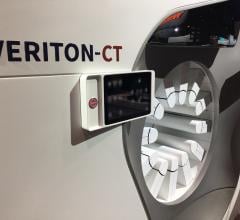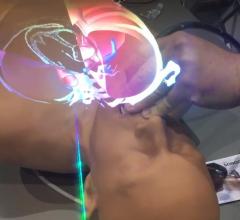January 19, 2021 – With the postponement of non-essential elective surgeries and medical procedures in 2020 to conserve ...
RSNA
This channel contains news about the Radiological Society of North America (RSNA), including coverage of its annual meeting and society news. RSNA is a leading resource for the radiology and all its subspecialties. This includes the areas of cardiac imaging, angiography, interventional radiology, computed tomography (CT), magnetic resonance imaging (MRI), nuclear imaging, ultrasound, PACS and advanced visualization. DAIC concentrates on coverage of RSNA on aspects specific to cardiovascular medicine and interventional radiology. For radiology coverage of RSNA, visit our sister publication Imaging Technology News (ITN) and its RSNA channel.
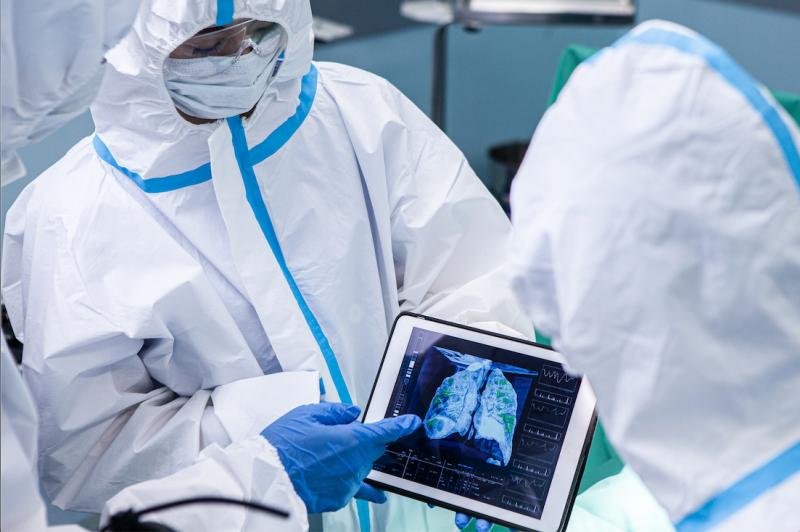
Not surprisingly, many of the key trends observed at the 2020 Radiological Society of North America (RSNA) meeting ...
December 4, 2020 — Spectrum Dynamics Medical, Inc., has received Canadian Medical Device License from Health Canada for ...
Discover the key features of cardiovascular structured reporting that drive adoption, including automated data flow, EHR ...
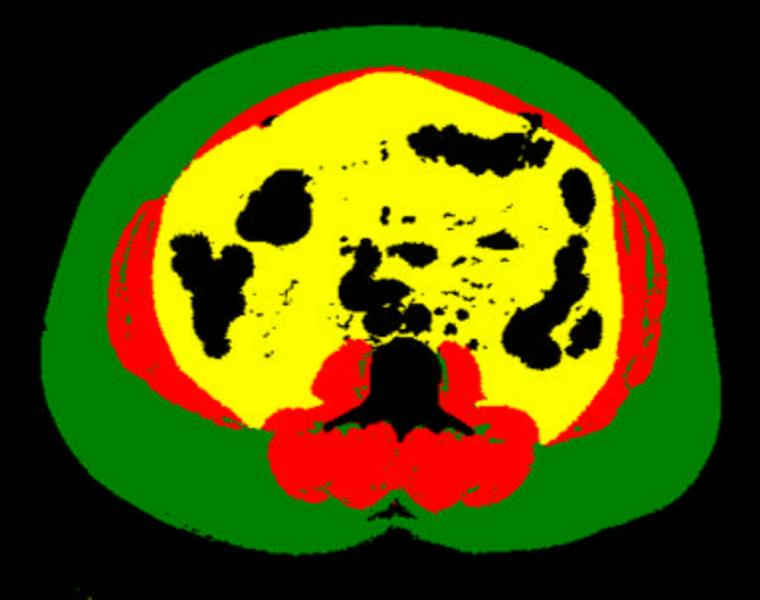
December 2, 2020 – Automated deep learning analysis of abdominal computed tomography (CT) images produces a more precise ...
December 3, 2020 — GE Healthcare is introducing a new version of its robotic driven angiography system for image guided ...
December 1, 2020 – Medical imaging artificial intelligence (AI) vendor Avicenna.AI today announced its FDA-cleared CINA ...
November 12, 2020 – Konica Minolta Healthcare Americas Inc. and DiA Imaging Analysis Ltd. jointly announce the expanded ...
More than a decade ago, there was an alarming, rapid rise in ionizing radiation exposure in the U.S. population that was ...
July 15, 2020 — Cardiac CT exams performed to assess heart health also provide an effective way to screen for osteoporos ...
May 27, 2020 — The Radiological Society of North America (RSNA) announced today that its 106th Scientific Assembly and ...

A new year — and decade — offers the opportunity to reflect on the advancements and challenges of years gone by and ...

Magnetic resonance imaging (MRI) has been described for the past few decades as a futuristic imaging technology that ...

February 7, 2020 – At the 2019 Radiological Society of North America (RSNA) meeting in December, there was a record ...
DAIC/ITN Editor Dave Fornell takes a tour of some of the most innovative new medical imaging technologies displayed on ...
Karen Ordovas, M.D., MAS, professor of radiology and cardiology at the University of California San Francisco (UCFS) ...

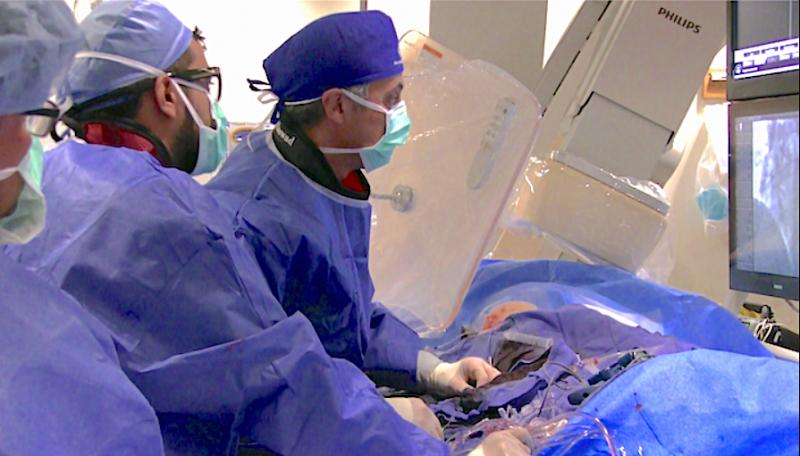
 January 19, 2021
January 19, 2021
